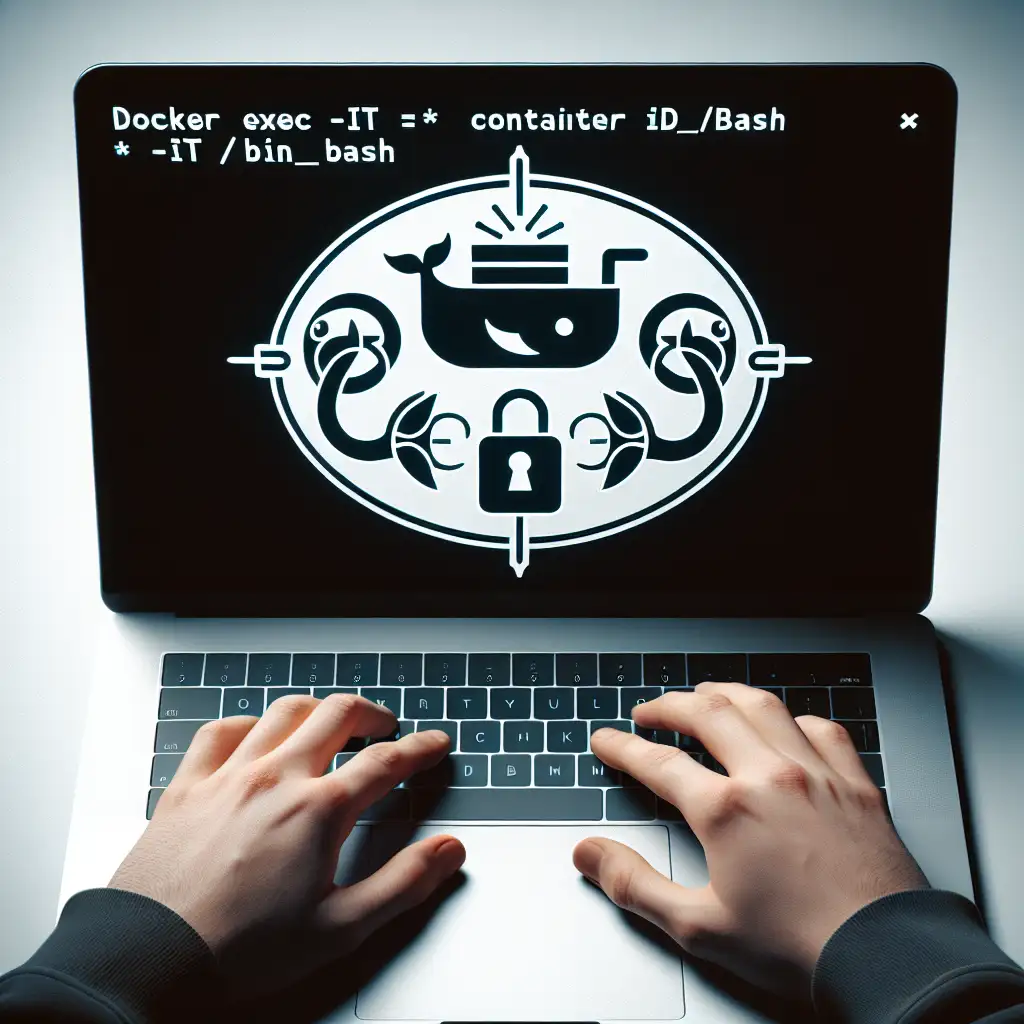Mastering Docker Exec: Securely Accessing Your Containers without Traditional SSH
Forget running SSH servers inside containers—discover how Docker's built-in exec command offers a cleaner, safer way to access your container’s shell, challenging outdated container management habits.
If you've ever tried to "SSH into a Docker container," you might instinctively think about installing and running an SSH server inside the container. After all, that’s how you would connect to a traditional VM or remote server. But in the container world, this approach is not just unnecessary—it can also introduce security risks, increase complexity, and go against Docker’s philosophy of ephemeral, lightweight environments.
Instead, Docker provides a simple and effective way to access your running containers without opening SSH ports or installing extra daemons: the docker exec command.
In this post, you’ll learn why relying on SSH inside containers is an antipattern and how to use docker exec for secure, direct access into your containers—making debugging, troubleshooting, or inspecting much easier without compromising security.
Why Avoid SSH Servers in Containers?
Before we dive into the practical steps with docker exec, let’s understand why using SSH in containers is a bad idea:
- Increased Attack Surface: Running an SSH daemon means another network service listens for incoming connections. This adds more vectors that can be exploited.
- More Resource Consumption: SSH servers require RAM and CPU cycles — even if minimal — which counters the lightweight nature of containers.
- Complicates Container Images: You have to include additional packages (e.g., OpenSSH), configuration files, and security settings in your image.
- Breaks Container Ephemerality: Containers are meant to be stateless and disposable. Introducing persistent services contradicts this principle.
- Overkill for Local Debugging: Most times you need shell access just for inspection or debugging in local or development environments — no need for remote login protocols.
How docker exec Works
docker exec allows you to run commands inside a running container as if you logged into it directly. It connects from your host machine straight into the container’s namespaces without any network overhead or extra services.
The basic syntax is:
docker exec [options] <container> <command> [args...]
Usually, for interactive shell access:
docker exec -it <container> /bin/bash
or if Bash isn’t available,
docker exec -it <container> /bin/sh
Practical Examples
1. Listing All Running Containers
To get started, identify your running containers:
docker ps
Example output:
CONTAINER ID IMAGE COMMAND CREATED STATUS PORTS NAMES
3a0d5f6b7a1b nginx:latest "/docker-entrypoint.…" 2 minutes ago Up 2 minutes 0.0.0.0:8080->80/tcp webserver
Say you want to access the container named webserver.
2. Access a Container Shell
Run:
docker exec -it webserver /bin/bash
If Bash isn't installed:
docker exec -it webserver /bin/sh
You'll be dropped inside the container's shell prompt:
root@3a0d5f6b7a1b:/#
Now you can inspect logs (cat /var/log/nginx/access.log), check configuration files (cat /etc/nginx/nginx.conf), or test internal connectivity (ping google.com).
3. Run One-Off Commands Inside the Container
Need to check an environment variable?
docker exec webserver printenv PATH
Or check running processes inside:
docker exec webserver ps aux
4. Executing as Different Users
By default, docker exec runs commands as root (or the default user). You can specify a user with -u.
Example executing shell as node user:
docker exec -it -u node my_node_app /bin/bash
(Tip: This helps maintain least privilege when debugging.)
Bonus Tips for Secure Container Debugging
- Avoid exposing unnecessary ports: Since you don’t SSH into containers anymore, no need to expose any port other than ones required by your app.
- Use ephemeral debug containers: Sometimes it’s cleaner to spin up temporary debug containers with full shells and tools mounted volumes when your main app image is minimal.
- Consider docker attach sparingly: Unlike
exec,attachconnects directly to the main process’s stdio — usually best avoided unless specifically needed.
Wrapping Up
In summary: ditch the habit of installing SSH servers inside Docker containers! Instead embrace Docker’s native tooling like docker exec. It’s faster, simpler, more efficient—and most importantly—better aligned with modern container security best practices.
Next time you think “I want to ssh into my container,” remember: it’s just a quick docker exec -it <container> /bin/bash away.
Happy container debugging!
If this article helped you rethink container management or if you want more Docker tips and tricks, subscribe below! 🚀
Related Articles:
Written by [Your Name], passionate about DevOps and cloud-native solutions.
